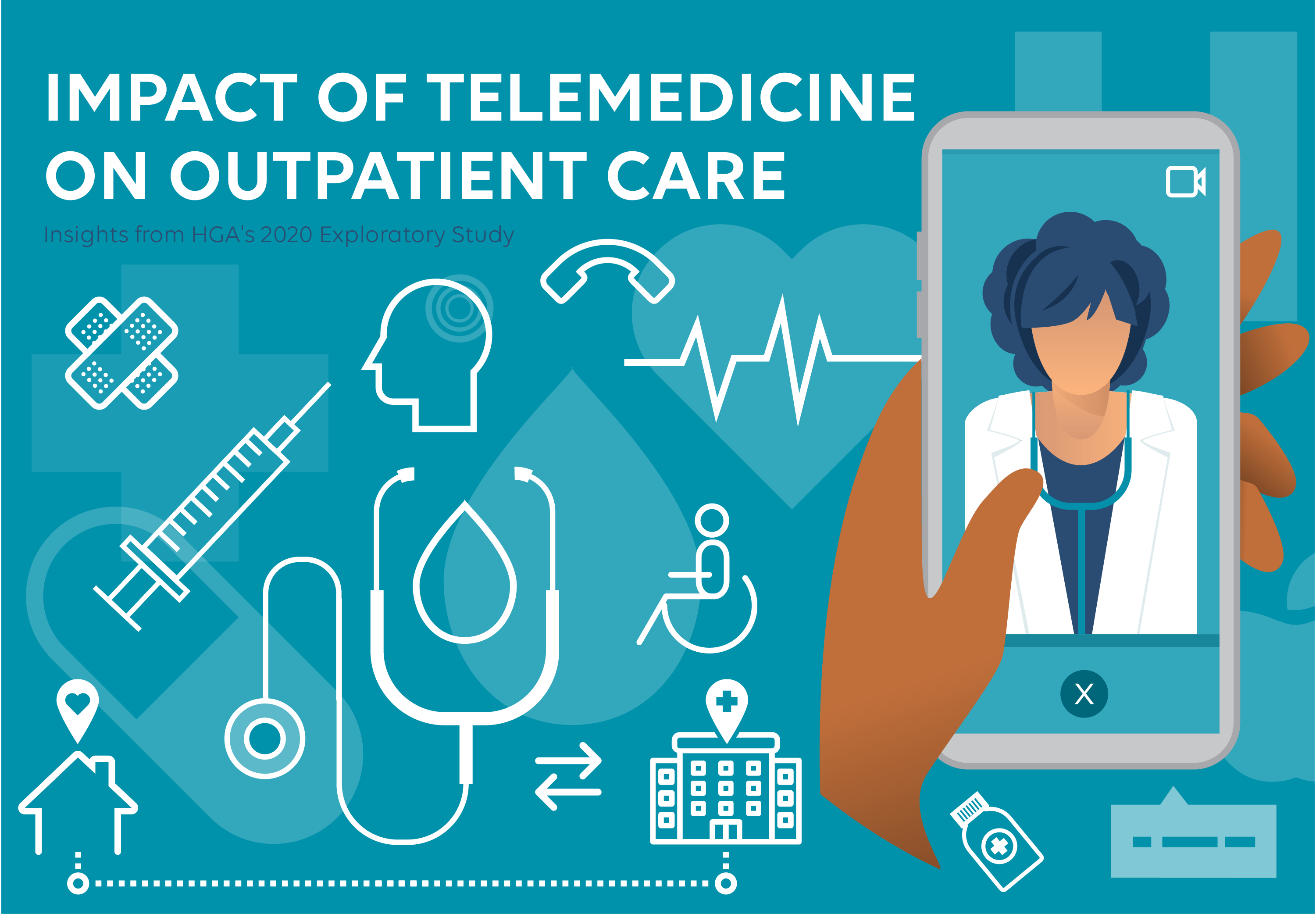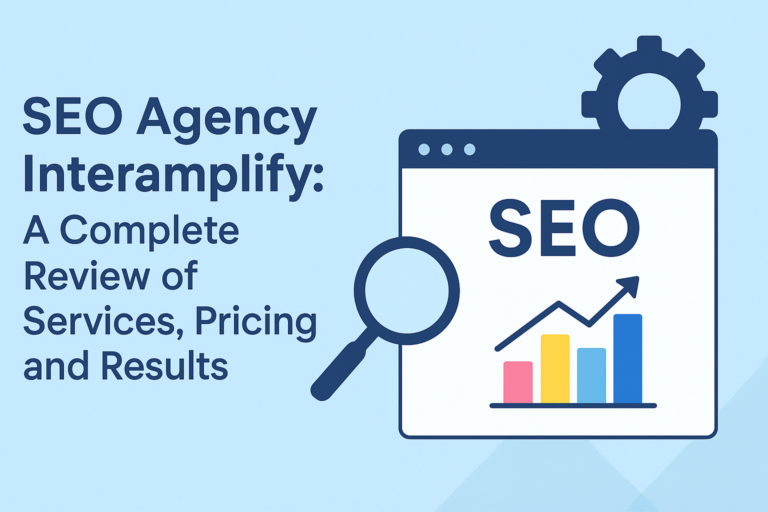Understanding the causes of rising healthcare expenses is crucial for developing that can make healthcare more accessible and affordable for everyone.
Causes of Rising Healthcare Costs
1. Aging Population
As populations age, the demand for healthcare services increases. Older individuals typically require more medical care, leading to higher overall healthcare spending.
2. Chronic Diseases
The prevalence of chronic illnesses, such as diabetes, heart disease, and obesity, has risen significantly. Managing these conditions often requires ongoing treatment and resources, contributing to increased healthcare costs.
3. Technological Advancements
While medical technology can improve patient outcomes, it also comes with high costs. Advanced imaging techniques, robotic surgeries, and new pharmaceuticals can be expensive to develop and implement, driving up prices for consumers.
4. Administrative Costs
A significant portion of healthcare spending goes toward administrative expenses, including billing, insurance, and regulatory compliance and effective solutions . These costs can consume a large part of healthcare budgets, diverting funds from patient care.
5. Prescription Drug Prices
The rising cost of prescription medications is a major contributor to overall healthcare expenses. High drug prices can burden patients and healthcare systems, leading to increased out-of-pocket costs and insurance premiums.
6. Provider Consolidation
The consolidation of healthcare providers into larger organizations can reduce competition and lead to higher prices for services. When fewer providers dominate the market, they may charge more for their services.
7. Inefficiency and Waste
Inefficiencies within the healthcare system, such as unnecessary tests, redundant procedures, and poor care coordination, can lead to increased spending without improving patient outcomes.
Solutions to Control Healthcare Costs
1. Promoting Preventive Care
Investing in preventive care and public health initiatives can help reduce the incidence of chronic diseases, ultimately lowering healthcare costs. Encouraging lifestyle changes and regular screenings can improve health outcomes and reduce the need for expensive treatments.
2. Price Transparency
Improving price transparency can help consumers make informed decisions about their care. When patients understand the costs associated with various treatments and services, they can shop for better prices, leading to increased competition and lower costs.
3. Regulating Drug Prices
Implementing policies to regulate or negotiate prescription drug prices could help alleviate the financial burden on patients. This approach could involve allowing Medicare to negotiate directly with pharmaceutical companies or implementing price caps for essential medications.
4. Streamlining Administration
Reducing administrative burdens through improved processes and technology can lower costs. Simplifying billing and insurance processes can free up resources for patient care, making healthcare services more efficient.
5. Encouraging Value-Based Care
Shifting from a volume-based to a value-based care model can incentivize healthcare providers to focus on patient outcomes rather than the quantity of services provided. This approach can reduce unnecessary treatments and foster better health management.
6. Investing in Telemedicine
Expanding access to telemedicine can reduce costs associated with in-person visits. Telehealth services can also improve access to care, particularly for individuals in rural or underserved areas.
7. Community Health Initiatives
Investing in community health programs that address social determinants of health—such as education, housing, and nutrition—can improve population health and potentially decrease long-term healthcare costs.
Conclusion
Rising healthcare costs are a complex issue influenced by various factors, including demographic changes, technological advancements, and administrative challenges. Addressing these issues requires a multifaceted approach that includes promoting preventive care, improving price transparency, regulating drug prices, and streamlining administrative processes. By implementing these solutions, we can work toward a more sustainable and equitable healthcare system that serves the needs of all individuals.




















Thanks for sharing. I read many of your blog posts, cool, your blog is very good.